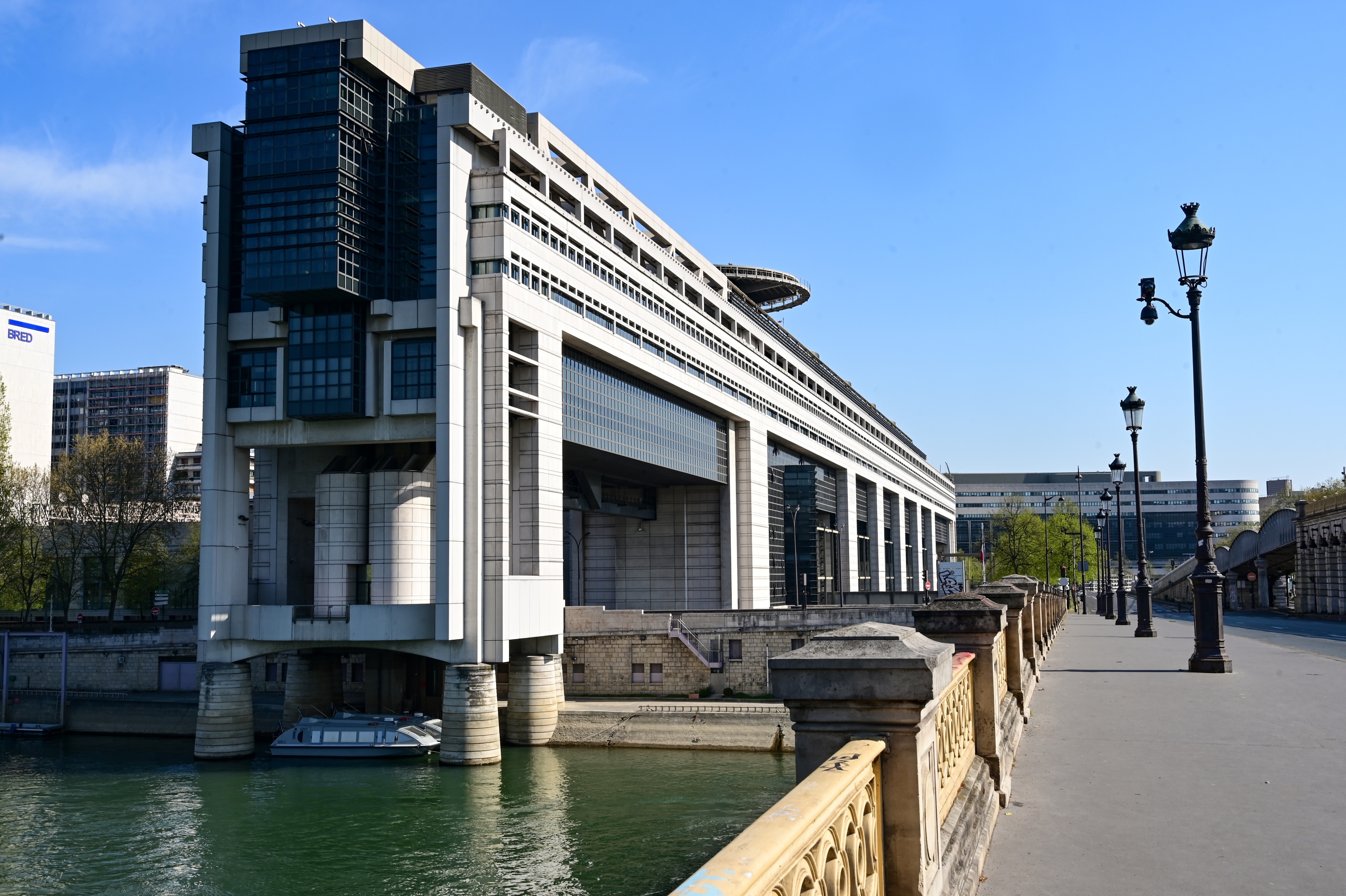In the public service, only essential personnel are required to come to work physically. For others, teleworking becomes the default work organization. If teleworking is "impossible", agents are placed on special leave of absence and paid 100%. Sometimes within teams, agents take turns between special leave of absence and physical presence.
Read also: Partial unemployment: "The 8.5 billion euros initially planned will clearly not be enough"
The placement in special leave of absence would concern 50% in the state civil service and between 40 to 50% in the territorial public service. The very large number of agents placed on special leave of absence (ASA) are remunerated at 100% because partial unemployment does not exist for statutory or contractual agents (only those from EPICs can be affected).
Many public service unions, by far, prefer the special leave of absence to teleworking and have - for some - encouraged government officials to demand that they be placed in ASA rather than teleworking. The same unions would have liked to be able to massively activate the right of withdrawal from public services in front of the Covid-19, they were firmly cropped by the minister.
Public officials continue to accumulate paid leave.
In teleworking, partial unemployment or placement on special leave of absence, public officials continue to accumulate paid holidays. Agents on special leave of absence, therefore not working while being paid normally, do not accumulate rights to RTT. The public service unions have put pressure on the government to ensure that all agents continue to accumulate RTT, but this has rightly been ruled out. As has been ruled out the idea of paying a bonus to all agents, even those who were in ASA ...
For the compulsory break - at the request of the employer - leave and RTT, employers of the public can impose the taking of leave and RTT according to the following terms: for agents on special leave of absence, the employer can impose up to 10 days of paid leave, 5 of which retroactively between March 16, 2020 and April 16, 2020 and 5 other days of RTT or annual leave between April 17, 2020 and the end of the state of health emergency .
For teleworking agents, it is possible to take 5 days of RTT or annual leave between April 17, 2020 and the end of the state of emergency. Note that the public service unions strongly opposed the possibility for the employer to impose the taking of paid holidays.
In terms of working time (increased to a maximum of 60 hours per week in the private sector, up to an average of 48 hours per week), in the public sector, there were already provisions in the public sector before the health crisis to overcome the maximum daily working hours of 10 and 8 hours and maximum weekly working hours of 48 hours.
The methods derogating from the regulation of work in the public sector during the health crisis are therefore quite important. Significantly in the same proportion as for the Labor Code.
However, it appears that special leave of absence is widely practiced sometimes for positions for which telework would be possible and, in certain ministries, this has considerably slowed down our public services in recent weeks (justice, culture, finance decentralized services, operators like ONFetc.).
One can therefore legitimately wonder why the government has not decided to copy the rules of the special leave of absence on partial unemployment by paying it during the health crisis at 84% and not 100%.
The Ministry of Public Service stood up step by step against union demands. But this may not be enough at the end of confinement.
After May 11, many public officials are likely to continue to be placed on special leave of absence. In order for our public services to be available for businesses and households, the doctrine in this area should be clear. An ordinance could allow the government to copy a partial unemployment type device so that the placement of agents in ASA after May 11 is less and less used.
The Macronometer, observatory of government reforms, is a site of the iFRAP Foundation in partnership with Le Figaro . It is a tool dedicated to the evaluation of Emmanuel Macron's five-year term: econometric evaluation in relation to his electoral program and to the announcements of his government. With Le Macronomètre, government action is scored out of 10 every Wednesday before the Council of Ministers and becomes readable at a glance. The Macronometer allows everyone to make an opinion on the keeping or not of the promises of the President of the Republic and on the effectiveness of government reforms.

